9 tripped-out sci-fi technologies in 'The Martian' that NASA really uses
SCIENCE FICTION: Mark Watney spends most of his time on Mars in what he calls "the Hab," — short for Mars Lander habitat — which shields him from harmful radiation, contains breathable air, and protects against the sub-zero temperatures on Mars.

SCIENCE FACT: This is NASA's Human Exploration Research Analog (HERA). It's a three-story habitat that spent some time in the Arizona desert to test its equipment under intense arid climates similar to Mars before reaching its current home at Johnson Space Center in Texas.
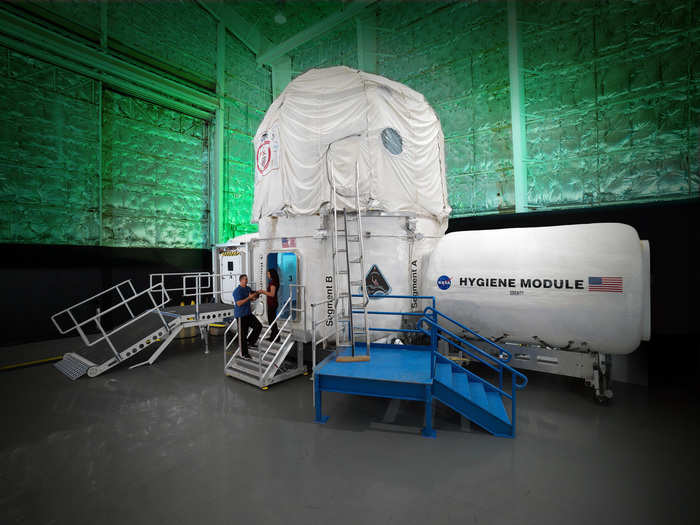
SCIENCE FICTION: Perhaps the most impressive piece of machinery in Watney's arsenal is this Mars rover. It won't travel any faster than 15 mph, but it gives him great opportunity to explore the Martian surface.
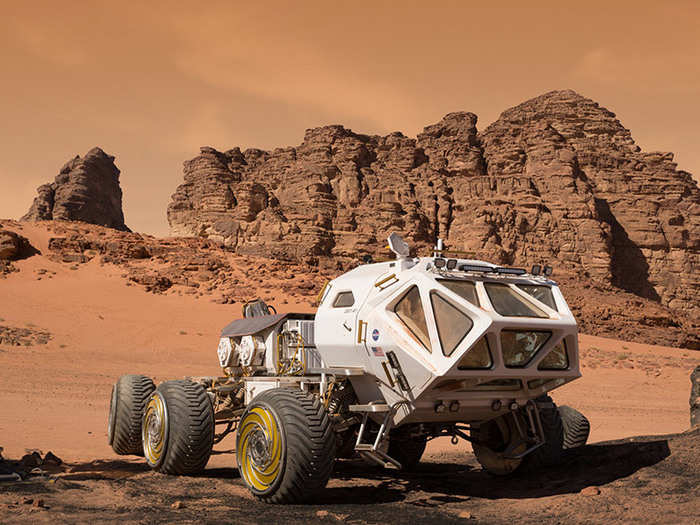
SCIENCE FACT: Meet NASA's very real Multi-Mission Space Exploration Vehicle (MMSEV). Like Watney's rover, this thing has 6 pivoting wheels. If it gets a flat tire, the vehicle simply lifts the bad wheel off the ground and keeps on rolling.
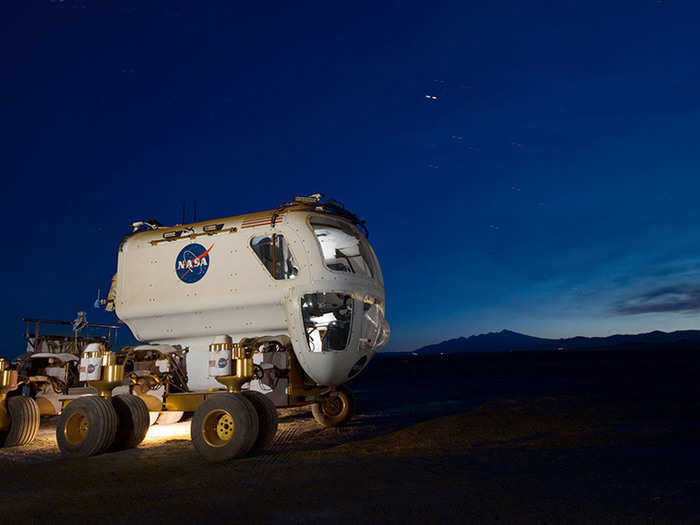
SCIENCE FICTION: Without any breathable oxygen and sub-zero temperatures, the surface of Mars would kill an unprotected human in less than 2 minutes. But with his space suit, Watney can walk around on Mars relatively care-free — at least until his oxygen levels start to run low.

SCIENCE FACT: It's not as sleek as Watney's fictional spacesuit, but NASA's Z-2 and Prototype eXploration Suit could be similar to what the first people to walk on Mars wear. NASA is still in the testing phase, figuring out what types of designs and materials work best.

SCIENCE FICTION: With only limited food, Mark Watney in "The Martian" grows potatoes to save himself from starving. The first plants to ever grow on Mars!
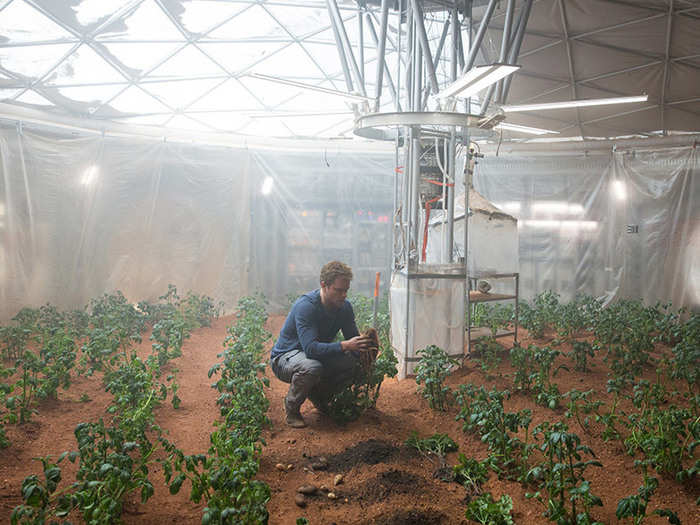
SCIENCE FACT: While they're a long way from Mars, astronauts on board the International Space Station grew lettuce in space for the first time last August.
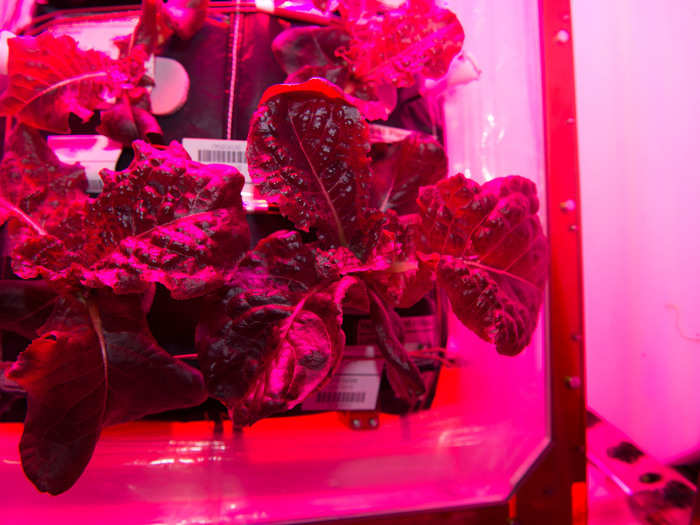
SCIENCE FICTION: As far as we know, there is no liquid water on Mars. So where does Watney get his drinking water? The Hab has a water reclaimer that recycles what limited water was brought to Mars for reuse and also makes water from Watney's urine.
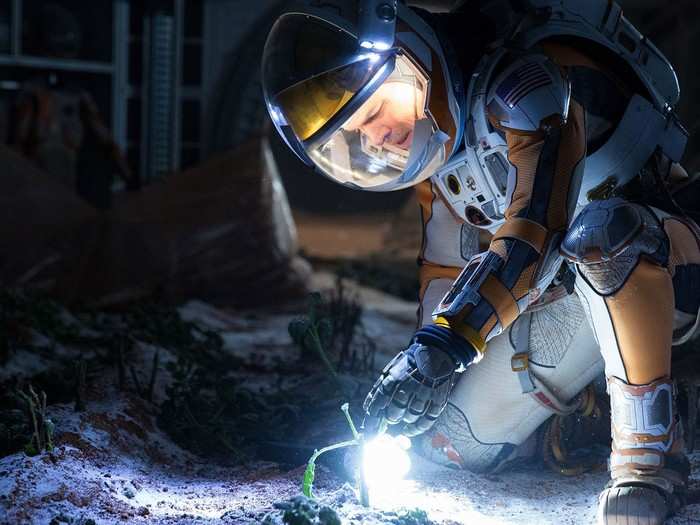
SCIENCE FACT: The Water Recovery System on board the International Space Station does much of the same — recycling every drop of water the astronauts use and, yes, turning urine into drinkable water. One astronaut described it as "Yesterday's coffee turns into tomorrow's coffee."
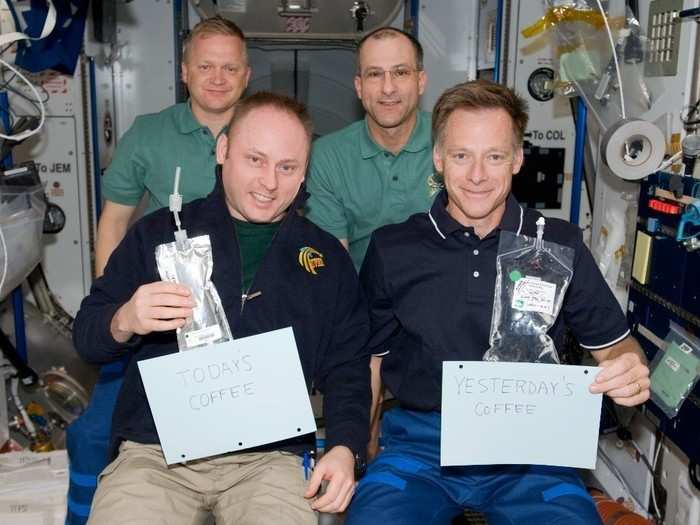
SCIENCE FICTION: Because it is 1.5 times farther from the sun than Earth, Mars receives about half the amount of sunlight. However, with no wind or water, solar power is the only renewable form of energy Watney has to power the instruments that keep him alive.
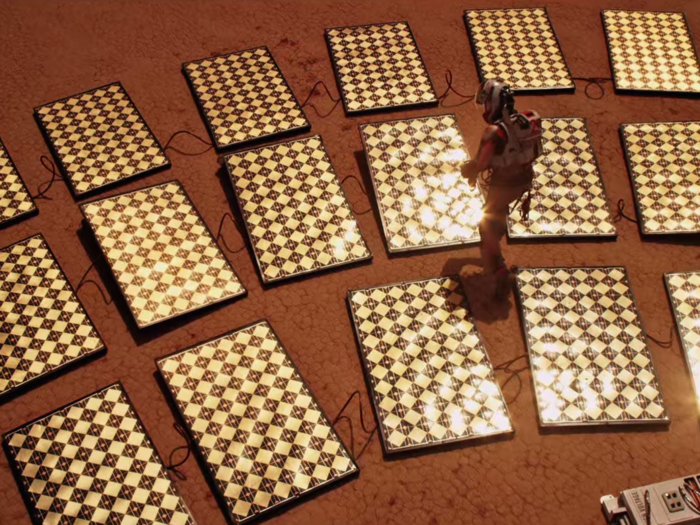
SCIENCE FACT: The ISS has eight wings, each containing 33,000 solar panels. Combined, these generate enough electricity to power 40 homes, but the ISS also relies on re-chargeable batteries to help power everything on board.
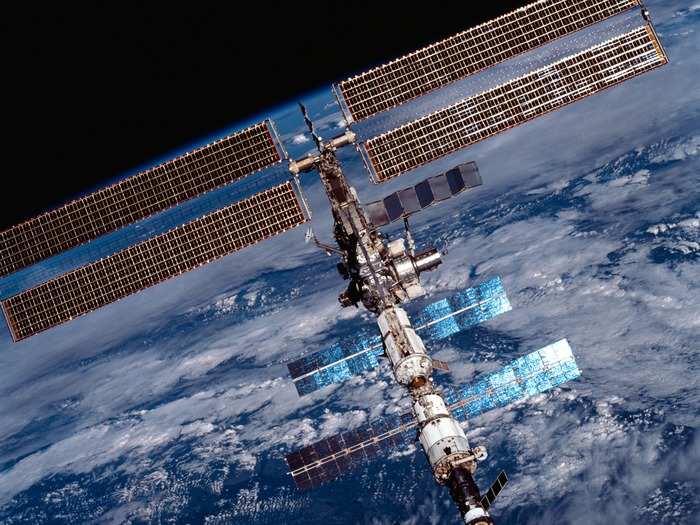
SCIENCE FICTION: Outer space, Mars, and just about every place in the solar system besides Earth has little to no oxygen. That's why Watney relies on the "oxygenator" in the Hab to generate breathable oxygen out of carbon dioxide.

SCIENCE FACT: On the International Space Station, the Oxygen Generation System dissects water to produce two hydrogen atoms, which is often discarded to space, and one oxygen atom, which is released into the cabin for the astronauts.
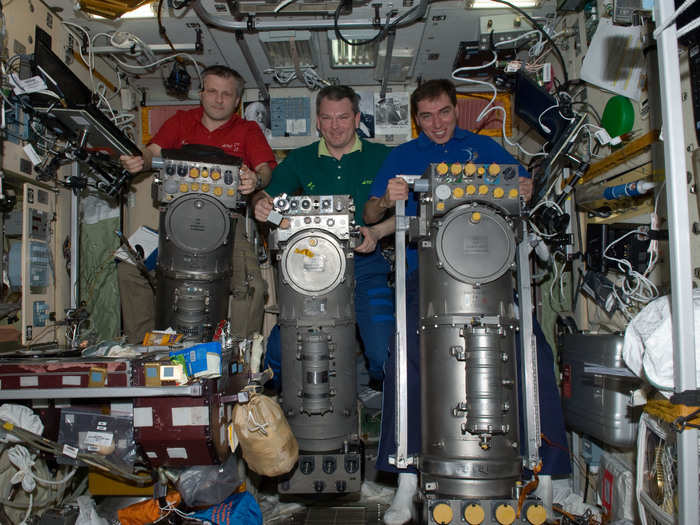
SCIENCE FICTION: The Hermes spacecraft is what ferries astronauts to and from Mars in "The Martian." The most efficient way to power such a giant vehicle over 280 million miles of space is with ion propulsion.
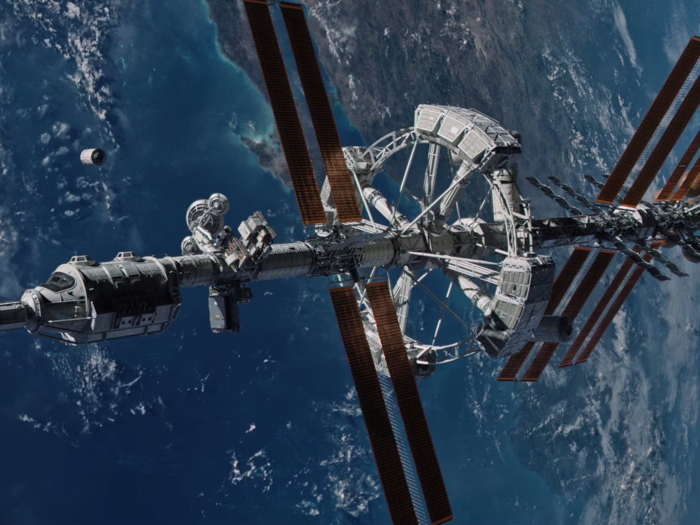
SCIENCE FACT: NASA's Dawn spacecraft runs on ion propulsion, which uses xenon ions to accelerate through space. The ions are shot out the back of the spacecraft giving it a slight push that builds up over time — Dawn can go from 0 to 60 mph in about 4 days. The spacecraft is currently orbiting a dwarf planet in the asteroid belt between Mars and Jupiter.
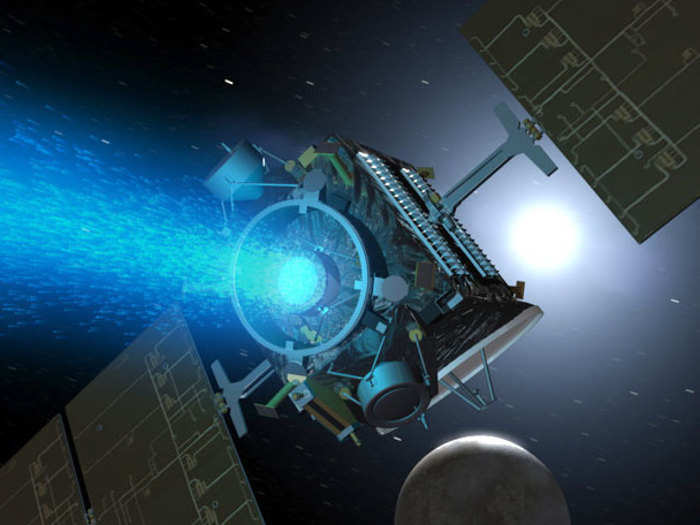
SCIENCE FICTION: The Radioisotope Thermoelectric Generator (RTG) helps keep Watney warm on Mars. This device contains isotopes of Plutonium-238 that are undergoing natural radioactive decay. Yes, radiation destroys human cells and can prove fatal, the RTG has protective layers so the only thing Watney receives is the energy in the form of heat released from the radioactive decay.
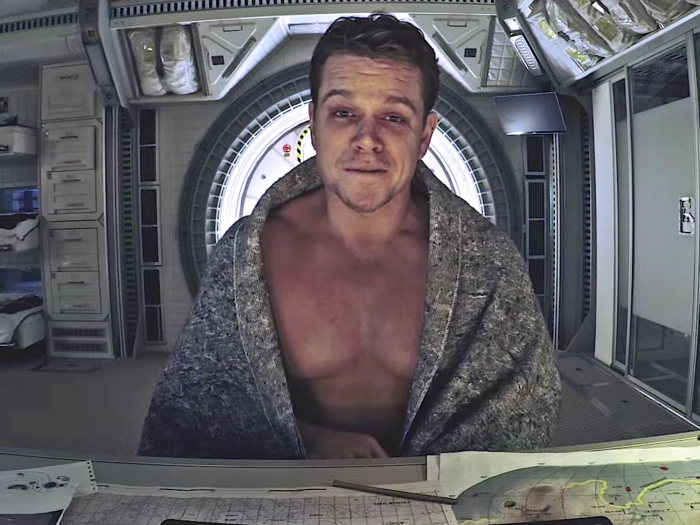
SCIENCE FACT: Radioactive decay is a useful tool for NASA's Curiosity Mars rover, exploring the Martian surface right now. Energy from the decay powers part of the rove. You can Curiosity's Radioisotope Thermoelectric Generator in the center of this selfie. NASA's Mars 2020 rover, if funded to fruition, will also carry an RTG on board.
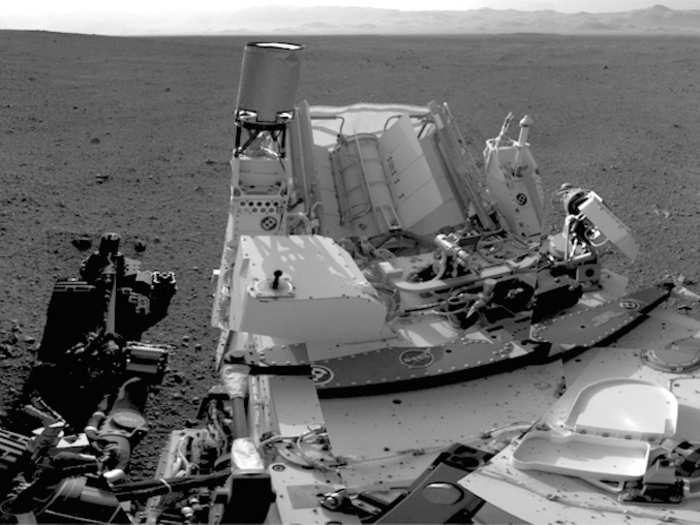
Now check out the latest trailer for "The Martian" premiering in theaters nationwide on Oct. 2:

http://www.youtube.com/embed/Ue4PCI0NamI
Width: 800px
Height: 500px
Popular Right Now
Advertisement